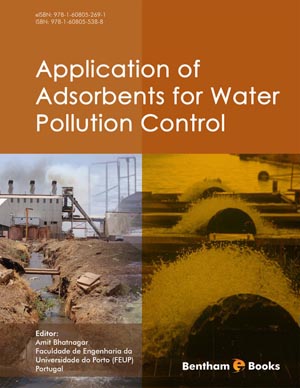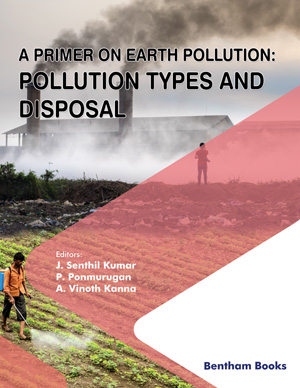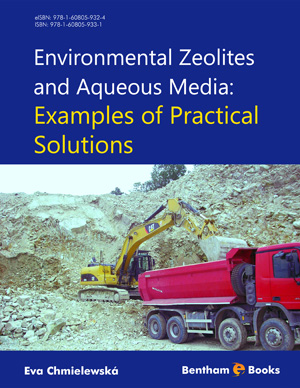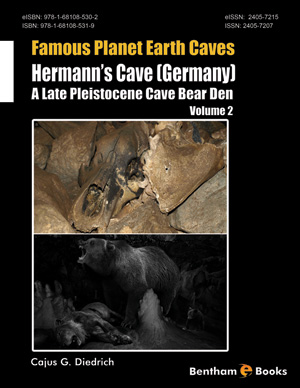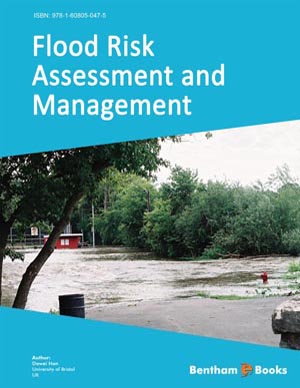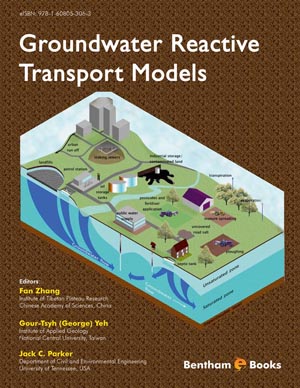Abstract
Development of new technology for drinking water and wastewater treatment is a matter of concern for researchers and decision makers worldwide. Despite the various applications of iron oxides in the fields of energy and the environment, the application of iron oxide nanoadsorbents for water and wastewater treatment has been a relatively recent area of research. This chapter focuses on the removal of various pollutants from wastewater by adsorption method using different phases of iron oxide nanoadsorbents. The chapter highlights the main synthesis techniques of iron oxide nanoadsorbents, their types, advantages, and adsorption mechanism. The effect of various operating and experimental conditions on adsorptive removal is reported; including: particle size, contact time, solution pH, temperature, and coexisting pollutants. Further, adsorption isotherms, thermodynamic studies and fixed-bed column adsorption are reported as well. The reported data are in well agreement to both Freundlich and Langmuir models. Different thermodynamic parameters, such as changes in standard Gibbs free energy (ΔG°ads), enthalpy (ΔH°ads) and entropy (ΔS°ads) are also reported and supported that the adsorption process is feasible, spontaneous, and could be endothermic or exothermic in nature. Thomas and BDST are the best-fit models for the fixed-bed breakthrough. The review concludes that, after taking a precautionary approach and advanced attention, iron oxide nanoadsorbents have the potential to be employed as an alternate treatment for future wastewater treatment technologies.
Keywords: Iron oxide nanoadsorbents, Pollutants, Particle size, Adsorption mechanism, Adsorption isotherms, Adsorption kinetics, Thermodynamic studies, Fixed-bed column adsorption, Freundlich model, Langmuir model, Thermodynamic parameters, Packed bed adsorption, Regeneration, Nanotechnology, wastewater, nanoparticles, heavy metals, dyes, organic contaminants.


